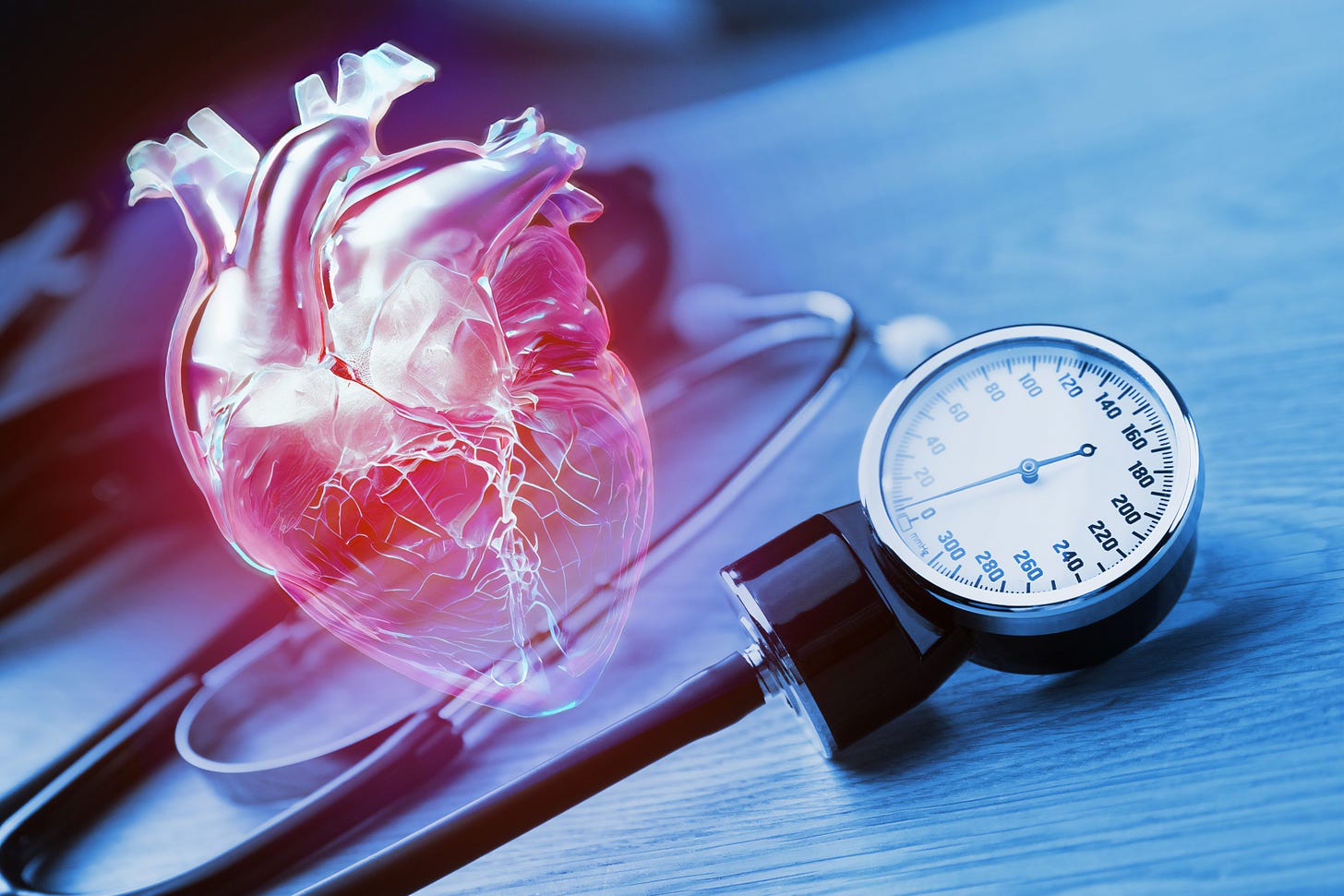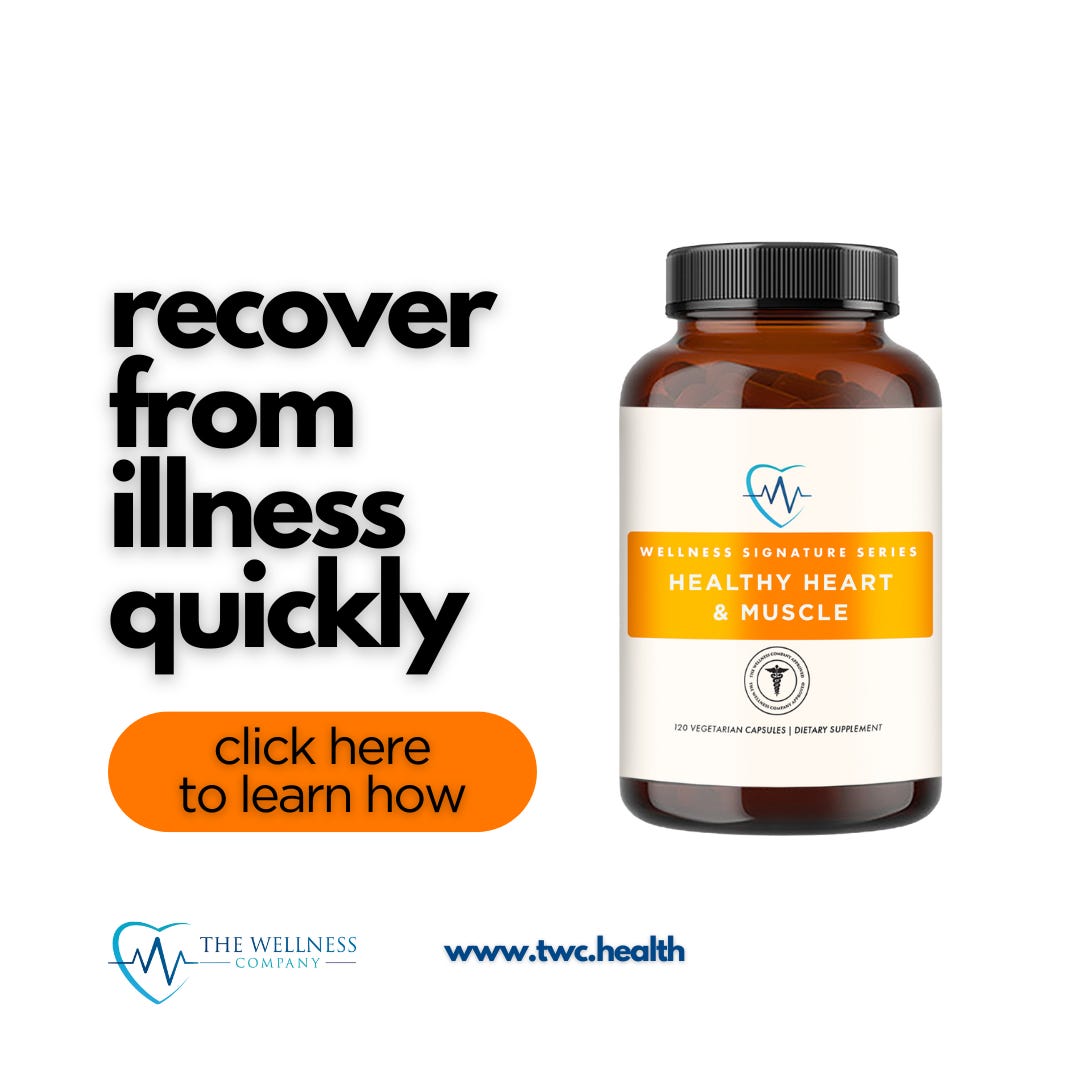POPULAR RATIONALISM HEALTH REPORTS: NATURAL THERAPIES FOR LOWERING BLOOD PRESSURE
Potassium, Omega-3's, whole grains, CoQ-10, Hibiscus tea, garlic, exercise and biofeedback. All backed by science and cited by major healthcare institutions.
The cost of high blood pressure in terms of national trends in morbidity and mortality are staggering. CDC estimates that the disease burden associated with high blood pressure costs the US between $131 to $198 billion each year, including the cost of health care services and medications to treat high blood pressure [1]. The annual cost of overall medical care for interventions for people with high blood pressure are about $2,500 higher than for those without high blood pressure [2]. Up to 2017, about 500,000 people a year in the US died from blood pressure-related disease burden.
Hypertension also comes with a ghastly treatment cost. A report by the Agency for Healthcare Research and Quality (AHRQ) in 2010 reported that direct medical expenditures to treat hypertension were $733 per person, amounting to $42.9 billion [3]. Patients shell out between $2,371[4] and $2,565[5]. per year due to their high blood pressure.
These figures indicate the substantial economic impact of hypertension and the associated costs of medications in the United States.
Pharmaceutical drugs used to treat high blood pressure have known interactions with certain foods, including grapefruit. Further, the drugs come with a warning to not stop taking them to avoid a catastrophic blood-pressure rebound event.
Here, I review the evidence that natural therapies can help provide relief from hypertension. As your drug product insert says, do not stop or change your blood pressure medicine without consulting with a physician. So, I encourage the readers of Popular Rationalism to share this article with people with loved ones and friends who have high blood pressure so they might share this knowledge with their physicians.
Potassium-Rich Foods
This article from the American Heart Association discusses various potassium-rich foods and their role in controlling high blood pressure. Men who consume potassium-rich food enjoy a 7 percent lower risk of heart attack or stroke, while for women the protective effect was 11 percent [6]. Potassium-rich foods are readily available and include avocados, sweet potatoes, spinach, watermelon, and others (see Potassium Rich Foods: 18 Foods High in Potassium (healthline.com, [7]))
Omega-3 Fatty Acids
The Journal of the American Heart Association reports that about 3 grams of omega-3 fatty acids per day reduces blood pressure. Other studies have found this as well [8]. The key mechanism of action is the healthy softening effect of omega-3 fatty acids on stiffened walls of blood vessels. Omega-3s have an overall positive effect on heart health. Sources include supplements (fish oil, flaxseed oil) and food fish, flaxseeds, and walnuts. A meta-analysis [8] has confirmed this effect and found also that omega 3’s benefits are highest for patients who have atherosclerotic disease or hypercholesterolemia.
Fiber and Whole Grains
Because whole grains are not refined, they are packed with healthy nutrients, including fiber, protein, B vitamins, potassium, folate, and minerals (e.g., iron, zinc, copper, magnesium, and selenium. The Mayo Clinic reports [9] that dietary fiber can play a role in blood pressure management. They suggest incorporating whole grains into the diet can have a positive effect by reducing blood pressure. Eatingwell.com [10] reports that the best grains for helping to control blood pressure include quinoa, oats, brown rice, whole-wheat bread, and buckwheat. The Furukawa Nutrition and Health Study [11] found that people who consumed whole grains had 2.7 times decreased risk of problems with high blood pressure. The American Heart Association [12] provides a list of whole-grain sources.
Coenzyme Q10
Mount Sinai [13] reports that
“Several clinical studies involving small numbers of people suggest that CoQ10 may lower blood pressure. However, it may take 4 to 12 weeks to see any change. In one analysis, after reviewing 12 clinical studies, researchers concluded that CoQ10 has the potential to lower systolic blood pressure by up to 17 mm Hg and diastolic blood pressure by 10 mm Hg, without significant side effects.”
The Mayo Clinic [14] reports additional benefits including other heart conditions, diabetes, Parkinson's disease, statin-induced myopathy, migraines, and improvements in physical performance.
Benefits are seen within 4-12 weeks of continued use [15]. Smaller studies fail to find benefit, but this is likely due to low statistical power.
See: Ho MJ, Li EC, Wright JM. Blood pressure lowering efficacy of coenzyme Q10 for primary hypertension. Cochrane Database Syst Rev. 2016;3:CD007435. doi:10.1002/14651858.CD007435.pub3.
Hibiscus tea
A study [16] evaluating the antihypertensive effect of sour tea (Hibiscus sabdariffa), on stage one hypertension found a significant reduction in systolic blood pressure in both people with and without high blood pressure. The mean reduction in systolic and diastolic blood pressure was significantly higher in the case group. The study authors concluded that “using H. sabdariffa as sour tea two times a day can be effective in managing blood pressure in stage one hypertension along with lifestyle and dietary modification”. An earlier study highlighted by USDA [17] found a significant reduction in blood pressure in people given Hibiscus compared to placebo.
According to Healthline [18], Hibiscus may also promote weight loss, reduce the growth of bacteria and cancer cells, and support the health of the heart and liver.
Garlic
A meta-analysis published in 2020 [19] found that biomedical research to date provides evidence supporting garlic in reducing blood pressure. According to Healthline [20], the effects of garlic are “universal”, and that they “may help reduce systolic and diastolic blood pressure levels by up to 11.2 mm Hg. In some instances, garlic supplements may work as effectively as standard blood-pressure-lowering medications, with much fewer side effects.”
Exercises Beneficial for Lowering Blood Pressure
Regular physical activity is crucial in managing high blood pressure. Aerobic exercises, such as walking, jogging, cycling, swimming, or dancing, are highly effective. The Mayo Clinic [21] emphasizes these activities for their role in lowering blood pressure. Additionally, strength-building exercises like push-ups, biceps curls, and squats, as well as isometric exercises such as wall squats, have been identified by Harvard Health [22] as beneficial for blood pressure control. A study in the British Journal of Sports Medicine [23] also suggests that exercises like planks and wall squats are effective in lowering blood pressure.
Engaging in regular physical activity helps reduce blood vessel stiffness, allowing blood to flow more easily, which is essential for blood pressure management. HonorHealth recommends 10 minutes of brisk or moderate walking three times a day as a practical approach [24].
Stress Reduction Techniques
Stress can have a direct impact on blood pressure. Managing stress is a key component in controlling high blood pressure. Techniques such as meditation, progressive muscle relaxation, guided imagery, deep breathing exercises, and yoga are recommended for their stress-reducing benefits. Harvard Health provides guidance on these relaxation techniques [25]. The American Heart Association suggests changing expectations and improving time management as ways to reduce stress [26]. Mayo Clinic also notes that people with high stress and high blood pressure generally see blood pressure go down when stress is reduced [27]. Therapies such as relaxation, meditation, or biofeedback can help reduce the effects of stress by lowering physiological arousal, as suggested in a study published in Current Hypertension Reports [28].
Incorporating both exercises and stress reduction techniques into daily routines along with your choice of supplements and foods will likely significantly contribute to managing and lowering high blood pressure.
But, as always, check with your doctor. In fact, please share this article with them or online for others to see the evidence they can provide to their doctors and bring them up to speed on the latest knowledge on therapies for hypertension.







This is NOT medical advice, just my opinion, but from my notes from various sources (see your doctor for what you, personally, should do) I have while having your b.p. measured, Don’t talk, urinate beforehand, 3 – 5 min of quiet beforehand, put your feet flat on floor, cuff should on bare arm, make sure cuff not too small. Chiropractic adjustment of a realigning the C-1 vertebra — also known as the Atlas vertebra — with the spine might help for blood pressure. This article also says lower back adjustment might help. A heart doctor named Wolfson courses on blood pressure at https://shop.naturalheartdoctor.com/collections/online-courses, This site says hawthore, Linden blossoms, garlic, saffron excellent choice for lowering blood pressure. Studies show regular consumption of saffron normalizes blood pressure significantly, ginger, cayenne, ginko, turmeric, valerian, yarrow, olive leaves, 1 – 2 grams of cinnamon cinnamon, B6 and magnesium. resveratrol prevents oxidation of Low Density Lipoprotein (LDL) and reduces tri-glyceride and cholesterol levels. Most importantly, research suggests it appears to reduce tension levels and can relax and dilate the arteries through increasing NO levels. https://www.ba-bamail.com/health/nutrition/these-spices-will-naturally-lower-your-blood-pressure/. Aged garlic extract and natto. Natto had ACE inhibitors, preventing angiotensis, which increases salt and water retention. Grape seed extract - In a study titled “Grape Seed Extract Supplementation Attenuates the Blood Pressure Response to Exercise in Prehypertensive Men,” men with prehypertension who were physically active received notable benefits taking of grape seed extract. Another report reviewed 12 articles involving 16 clinical trials on the effects of grape seed extract on blood pressure levels. It revealed that grape seed extract was highly beneficial for reducing blood pressure. Anyhow, check with your own doctor, this is NOT medical advice, just some notes I have kept for myself.
Cayenne is useful for a lot of conditions. Swapping out table salt for real salt may also be of benefit. Many herbs have ant-hypertensive properties. James A Duke compiled a CRC volume of Medicinal Herb uses, it was his lifes work.